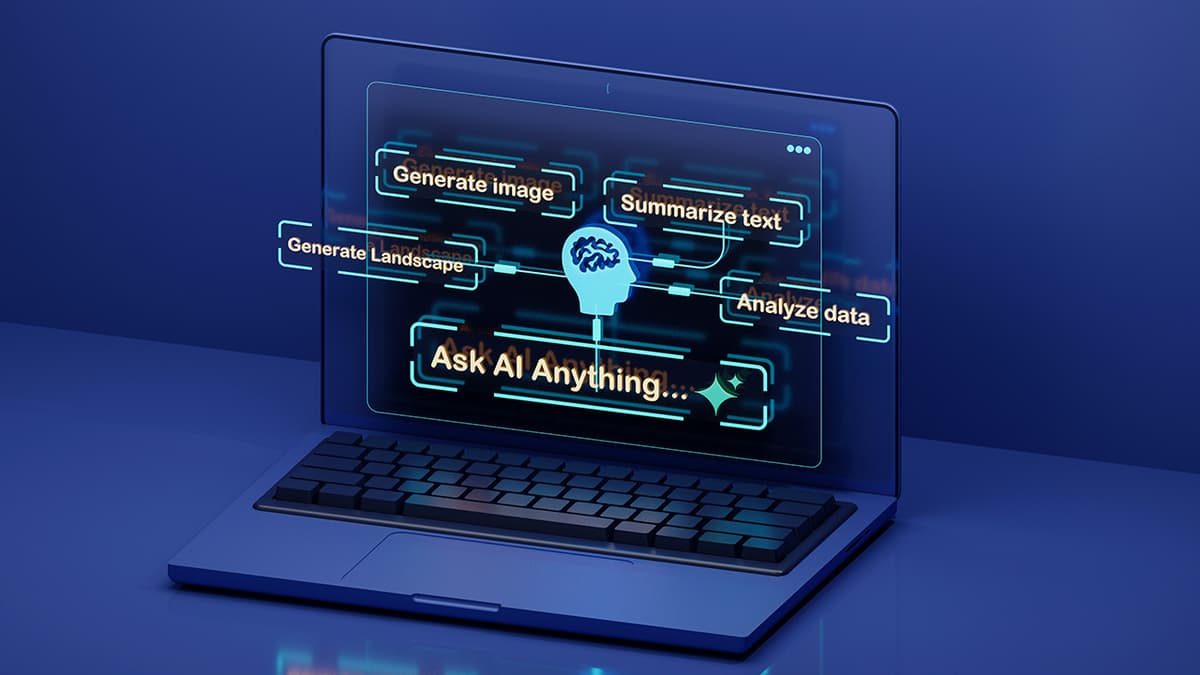Is Machine Learning the Answer to the Unstructured Data Problem?
Unstructured data is ubiquitous. It is the ever-growing mountain of information that does not fit neatly in databases. We're talking about emails, social media posts, videos, images, audio recordings, and more. The traditional tools for data analysis are built to handle structured data—rows, and columns of neatly organized and clearly defined information. With the explosion of unstructured data, businesses and researchers face the challenge of extracting useful information from a chaotic sea of data. This is where machine learning comes in.
Machine learning, a branch of artificial intelligence, offers compelling solutions for interpreting and analyzing unstructured data. Machine learning algorithms can learn patterns and insights from data without being explicitly programmed to look for something specific. This ability makes machine learning particularly adept at dealing with unstructured data.
How Machine Learning Tackles Unstructured Data
To understand the capabilities of machine learning, let's break down some of the ways it addresses unstructured data.
-
Natural Language Processing (NLP) One of the most significant strides in machine learning has been in the field of natural language processing. NLP algorithms can analyze text data, understand the context, sentiment, and even the intent behind words. Businesses use NLP for services like customer feedback analysis, chatbots, and market intelligence.
-
Image and Video Analysis Machine learning models, particularly those using deep learning, have become incredibly effective at interpreting image and video content. Algorithms can identify objects, classify images, and even track movements or changes over time. Industries like medical diagnostics, security, and autonomous vehicles depend heavily on these capabilities.
-
Audio Processing Similarly, audio processing has benefited from the application of machine learning. Voice assistants like Amazon's Alexa or Apple's Siri are made possible by complex models that can parse speech, recognize commands, and understand user preferences.
-
Unstructured Data Integration Beyond analysis, machine learning aids in the integration of unstructured data into structured databases. By identifying key features or information within unstructured data, it can be effectively organized and made searchable, enabling more significant insights and more robust data-driven decisions.
The Process of Learning from Unstructured Data
Machine learning doesn't just magically understand unstructured data—it has to be trained. Here's a simplified outline of the process:
-
Data Collection: Amass the unstructured data that you want your algorithm to learn from.
-
Data Preprocessing: Clean the data by removing noise, handling missing values, and conducting feature extraction to transform it into a usable format for machine learning models.
-
Model Selection: Choose an appropriate machine learning model. Different types are better for different types of unstructured data (e.g., convolutional neural networks for images).
-
Model Training: The selected model is trained on a subset of the data, learning to identify patterns and make predictions or classifications.
-
Model Evaluation: Test the model on data it hasn't seen to evaluate its performance. Adjustments are made to improve accuracy and reduce errors.
-
Deployment: Once the model is effectively trained, it's deployed in a real-world setting to start working on new data.
The level of performance of machine learning models highly depends on the quality and quantity of the data they're trained on. Models can also be fine-tuned and improved over time as they process more data and different scenarios, which leads to better outcomes and more robust data analysis.
Success Stories in Unstructured Data Analysis
In various industries, machine learning has already made its mark in tackling unstructured data. Some prime examples include:
-
Healthcare: Algorithms interpreting patient notes and medical imagery help doctors make faster and more accurate diagnoses. Companies like IBM with their Watson Health initiative aim to transform healthcare using AI.
-
Finance: Financial institutions utilize machine learning to extract insights from financial reports, news articles, and social media to make better investment decisions or detect fraud.
-
Retail: Retail giants harness machine learning to understand customer reviews and feedback, enabling personalized shopping experiences and improved product recommendations.
-
Automotive: Tesla, with its machine learning-powered Autopilot system, is revolutionizing the concept of self-driving cars by constantly processing and learning from diverse road and environmental data.
Challenges and Future Directions
Despite its vast potential, machine learning is not a silver bullet for all unstructured data challenges. There are obstacles to overcome:
-
Data Privacy and Security: Ensuring that sensitive data is processed and stored securely is of paramount concern.
-
Bias in Training Data: If the training data for a model is biased, the model's outcomes will mirror those biases, potentially leading to unfair or harmful results.
-
Need for Large Amounts of Data: Good machine learning models often require large amounts of data, which can be costly and time-consuming to collect and process.
-
Complexity and Interpretability: Some machine learning models, like deep neural networks, are often described as "black boxes" due to their complex inner workings, which can make it difficult to interpret how they arrive at certain conclusions.
The field of machine learning is constantly advancing, and researchers are developing new techniques to handle these challenges. Federated learning, differential privacy, and explainable AI are just a few of the innovations that seek to make machine learning more secure, fair, and transparent.
Machine learning offers a powerful toolkit for extracting valuable insights from unstructured data. When used thoughtfully and responsibly, it can help organizations make sense of the data deluge and drive informed decision-making. As the technology evolves, we can expect machine learning to become even more integrated into the fabric of data analysis, offering sophisticated solutions to some of the most pressing data challenges.












